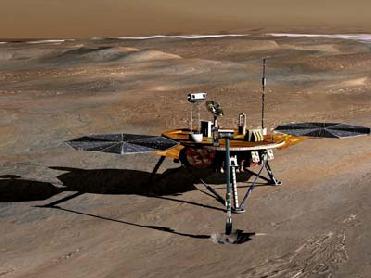
An artist's conception of Phoenix Mars Lander. A NASA photo
PASADENA, CALIFORNIA (BNS): After a last ditch attempt to hear from the Phoenix Mars Lander ended in vain, NASA has officially announced the demise of the spacecraft.
A new image taken by NASA�s Mars Reconnaissance Orbiter (MRO) shows that Phoenix �no longer casts shadows the way it did during its working lifetime,� the space agency said on Tuesday.
The MRO had last week sent radio signals to the Phoenix with a hope that it would hear back from the lander. The orbiter flew over the Phoenix landing site 61 times between May 17 and May 21, but no transmission from the lander was detected.
MRO had been trying to contact Phoenix since January and made a total of 150 flights over the region since then.
The latest images of Phoenix taken by MRO�s HiRISE camera suggest the lander no longer casts shadows the way it did during its working lifetime.
�Before and after images are dramatically different. The lander looks smaller, and only a portion of the difference can be explained by accumulation of dust on the lander, which makes its surfaces less distinguishable from surrounding ground,� said Michael Mellon of the University of Colorado in Boulder, a science team member for both Phoenix and HiRISE.
Phoenix had landed in the far-northern region of Mars on May 25, 2008. The solar-powered lander completed its three-month mission and kept working until sunlight waned from the Red planet two months later.
NASA had been trying to revive the spacecraft after abundant sunshine returned to Mars.
However, Phoenix was not designed to brace up the harsh winter conditions of the Martian atmosphere and the MRO images show signs of severe ice damage to the lander's solar planes, NASA said.
Apparent changes in the shadows cast by the lander are consistent with predictions of how Phoenix could be damaged by harsh winter conditions. It was anticipated that the weight of a carbon-dioxide ice buildup could bend or break the lander's solar panels, the space agency said.
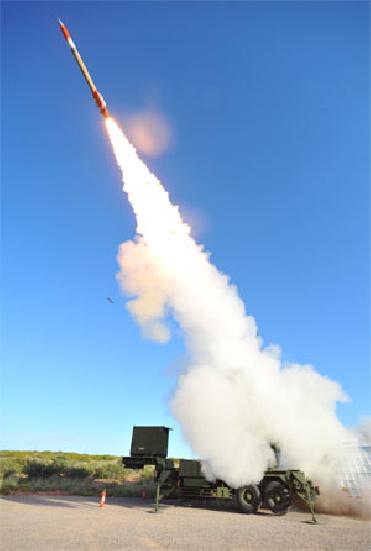 Previous Article
Previous Article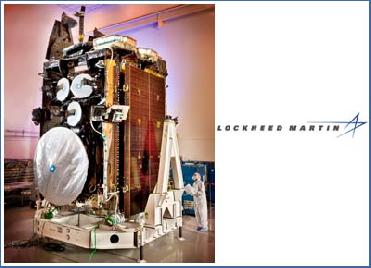 Next Article
Next Article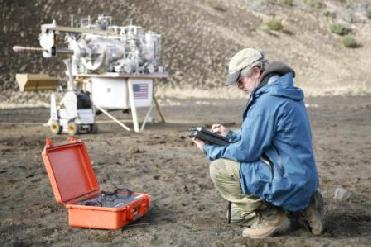

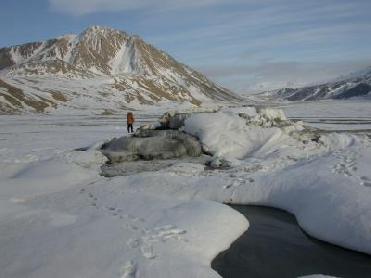
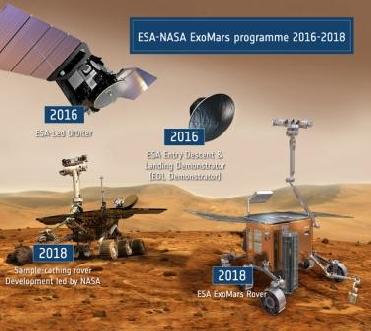










The Indian Air Force, in its flight trials evaluation report submitted before the Defence Ministry l..
view articleAn insight into the Medium Multi-Role Combat Aircraft competition...
view articleSky enthusiasts can now spot the International Space Station (ISS) commanded by Indian-American astr..
view article